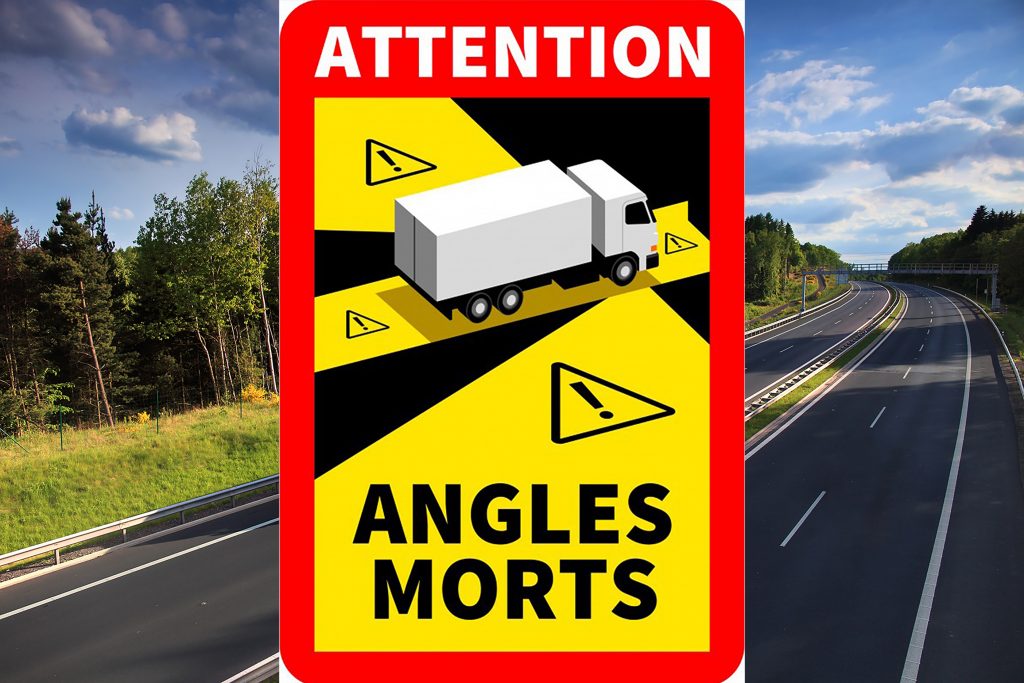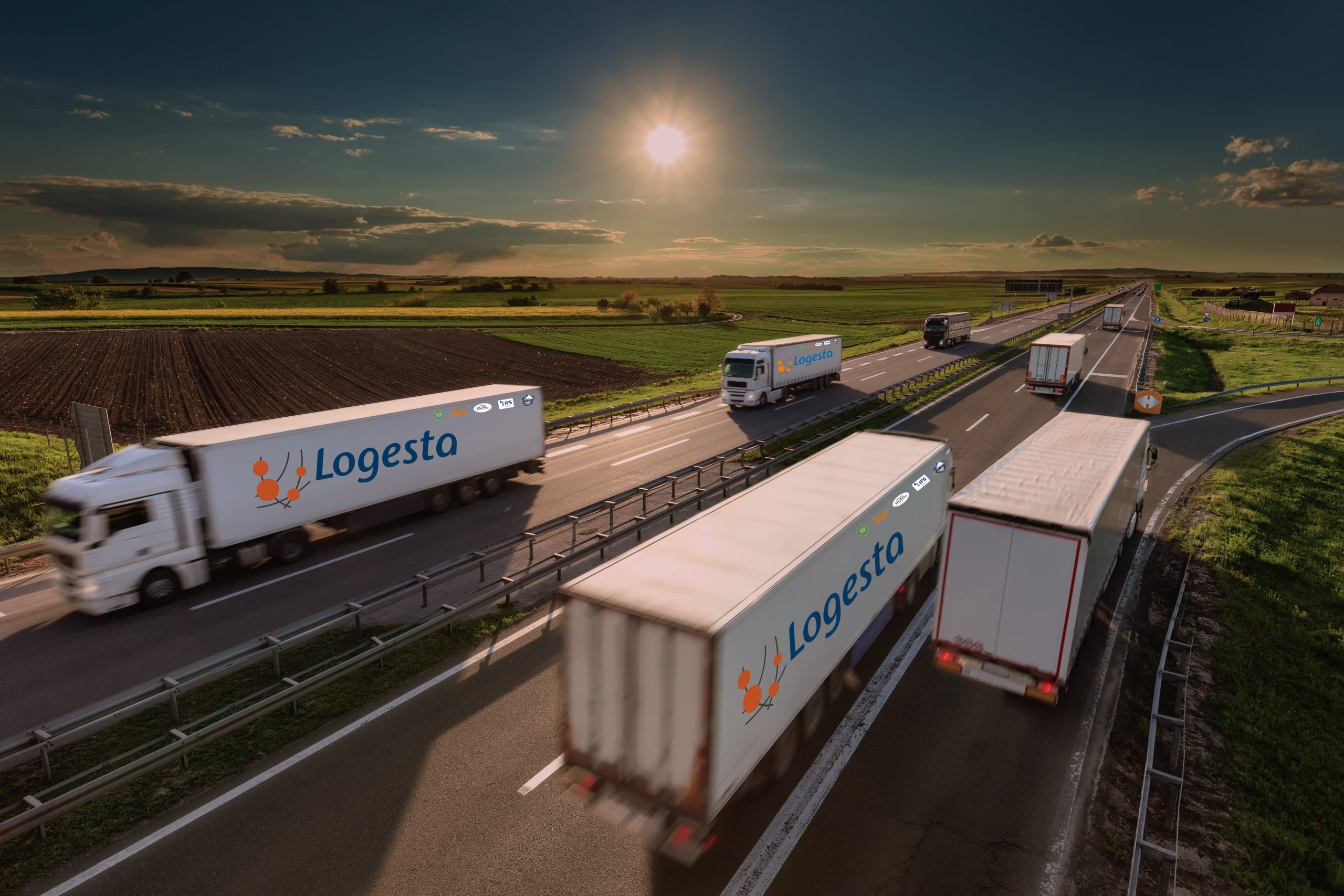From January 5, 2021, according to the French Highway Code , all heavy-goods vehicles that circulate in France must be fitted with a special signage to warn others about their vehicle’s “blind spots”, which means the driver does not have full visibility while driving.

Objective: reduce accident rate
Therefore, the purpose of this sign is to inform, prevent and reduce the serious consequences that this can cause, especially to the most fragile individuals on the road, such as pedestrians, cyclists, and motorists. Although this objective is laudable. It is worth asking whether a sticker on the side of a truck will save lives.
Probably not, however, in Logesta, we consider that there can never be enough help on the road, and if these new signs mean it is possible to reduce the accident rate at all, we support this measure hands down. Likewise, this warning also seeks to make pedestrians, cyclists, and motorists aware of this issue and to be prudent and cautious when there is a heavy vehicle nearby.
Generally, anyone who has made use of a vehicle, regardless of size, knows about the existence of such “blind spots”, those specific areas where complete visualization is lost that we strive to counter by means of rear-view mirrors. Despite the fact that the automotive industry incorporates new elements every day to make up for this lack of vision, when the driver of the vehicle becomes a pedestrian, cyclist, or motorcyclist, they can “forget” the existence of these aforementioned blind spots.
Drivers of heavy-goods vehicles are fully aware of this problem, but not all responsibility can fall on them. Therefore, measures such as the use of these new signs are always welcome, because they serve to “warn” and remind pedestrians, cyclists, and motorists that it is possible that, at some point, they could be in an area out of the visual reach of the truck driver and could be exposed to a risk.

When we talk about trucks, in addition to the existence of blind spots, there are many other factors that affect the safety and security of the load, the vehicle, the driver, and other individuals. The very size of the vehicle means that safety and security has to be extreme when compared, for example, to driving a car. The weight of a truck transporting goods by road is almost 20 times that of a passenger car. All trailers in the Logesta fleet have a GVW of 40,000 kilos, compared to 2,000 kilos for a passenger car. Managing this weight requires extreme safety and security measures, both active and passive, as well as requiring the truck driver to have prior preparation and thorough knowledge of what they have at their fingertips.
On a daily basis, the drivers of heavy-goods vehicles have to ensure their safety and security, and that of those around them, and they must do so in advance as well. They must anticipate the behaviour of the trailer in an emergency and consider “other” factors, such as the behaviour of the rest of the drivers, or the state of the road (bad road, roadworks, etc.). Furthermore, they have to take into account external factors, such as sudden changes in the weather, where the knowledge, experience and caution of the driver is decisive in saving lives. And as if this were not enough, they must have a “sixth sense” in order to predict the behaviour of the load in the event of any incident, because sometimes, “simply breaking hard” can have very serious consequences.
In conclusion, any change or improvement that helps to increase safety and security on the road, for both drivers and pedestrians, will always be well received. These new signs for blind spots is undoubtedly a measure that will help increase safety on the road, despite the investment its implementation may entail, considering that we are a company that manages more than 1,600 vehicles throughout Europe.
Posted on February 19, 2021
